Collaborating experts in the PIRE food and water security project were drawn from prestigious institutions housing world-class social science and engineering schools. Currently, more than 40 experts and graduate students are working on the project. The National Science Foundation grant makes it possible to launch this multidisciplinary project in the Blue Nile Basin. The participating institutions are listed below:

The University of Connecticut, is a land grant public research university in Storrs, Connecticut, United States. The University of Connecticut was founded in 1881 and is a Sea Grant university and a member of the Space Grant Consortium. Visit UConn
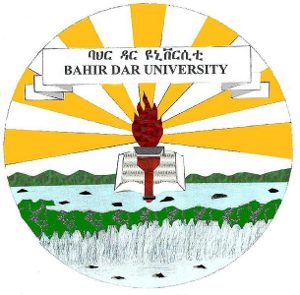
Bahir Dar University was established in 1963, and currently has schools Agriculture and Environment, Medicine and Health Sciences, Business and Economics, and Natural Sciences. Enrollment is approximately 53,000. Visit Bahir Dar University
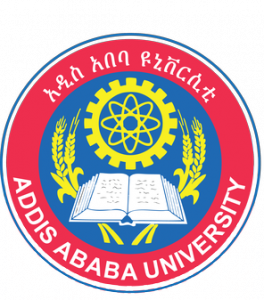
Addis Ababa University a state university located in the capital city of Ethiopia. The university was established in 1950, and boasts 50,000 students and 13 campuses throughout Addis Ababa. Visit Addis Ababa University

EIWR’s mission is to provide outstanding higher education programs, conduct internationally recognized research, and perform high-impact community outreach to address all aspects of sustainable development and the management of water resources in Ethiopia. Visit EIWR Website

The Ministry of Water and Energy was established in 2010. Since then, the ministry has been making efforts to achieve the target set in the Growth and Transformation Plan (GTP) for the water and energy sector.
![]()
The National Meteorological Agency investigates the weather and climatic conditions of Ethiopia in order to exploit the beneficial effects for economic and social development. Visit the National Meteorological Agency
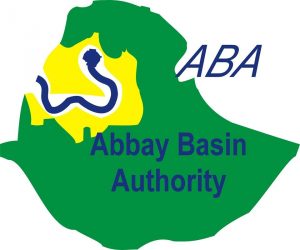
The Abay River Basin Authority was established as a high-level body with the goal of restoring the glory of the Abay Basin and conserving its riches for future generations. It is fully functional since 2011. Visit the Abay River Basin Authority

NSF/PIRE has awarded its prestigious grant to the University of Connecticut and its collaborating sub-awardees. The grant helps UConn to realize its ambition to become a leading institution in cutting-edge research globally. Visit the NSF Website
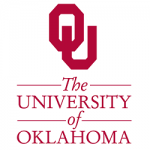
University of Oklahoma- Founded in 1890, the University of Oklahoma is a public research university located in Norman, Oklahoma, United States. OU’s Norman undergraduate population is just over 20,000. Visit the University of Oklahoma
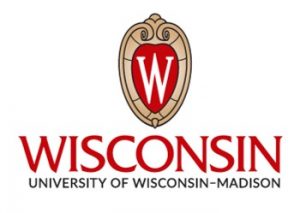
The University of Wisconsin is a public research university in Madison, Wisconsin, United States. UW–Madison is organized into 20 schools and colleges, which enrolled approximately 45,000 students. Visit the University of Wisconsin
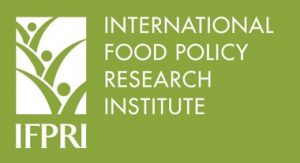
The International Food Policy Research Institute (IFPRI) provides research-based policy solutions to sustainably reduce poverty and end hunger and malnutrition in developing countries. Visit the International Food Policy Research Institute
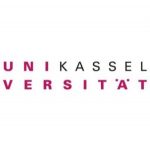
The University of Kassel - founded in 1971 as part of the educational reforms as an independent overall university model - is characterized by an unusually multi-faceted combination of competences in Germany, which focus on nature and technology, culture and society. Visit the University of Kassel

The Université Grenoble Alpes already features in the top 100 and top 200 universities in major international rankings (Reuters, Shanghai, Times Higher Education and QS for example) for some of its scientific fields. The UGA rivals the best universities in the world thanks to the strength of its research and the numerous educational innovations it has implemented. Visit the Université of Grenoble Alpes
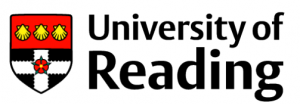
Research at the University of Reading aims to solve some of the biggest problems facing people today, based on five themes: environment, food, health, heritage and creativity and prosperity and resilience. Working across continents and disciplines, our researchers explore ways to tackle climate change, improve human health, provide food security and understand human culture. Visit the University of Reading